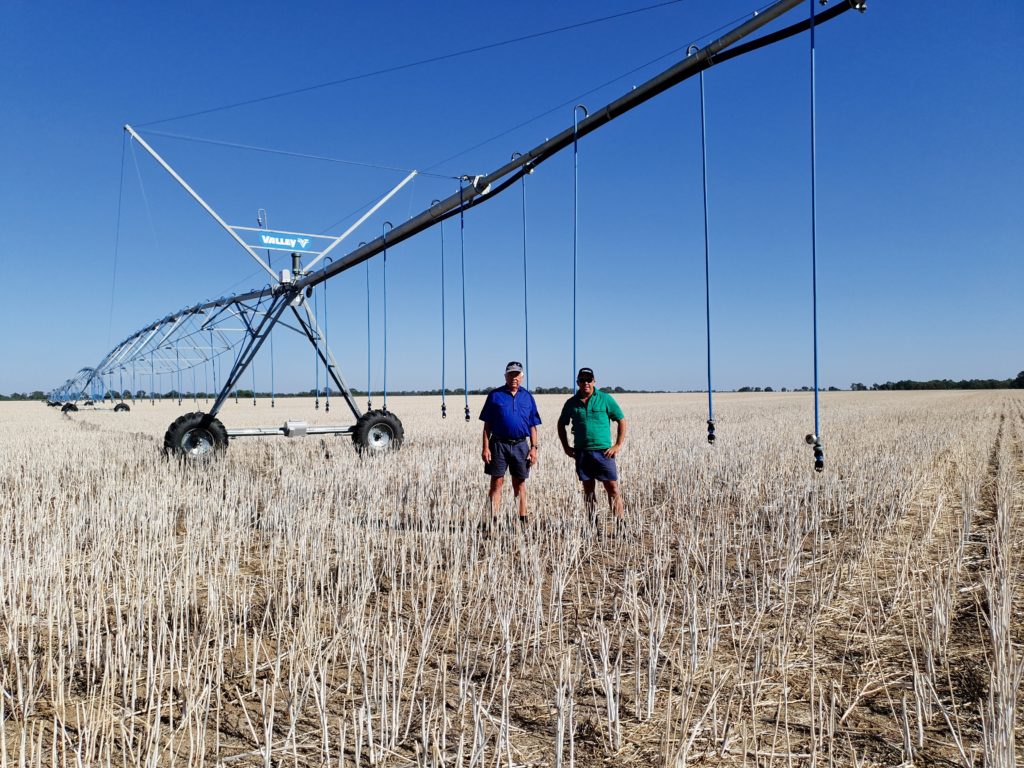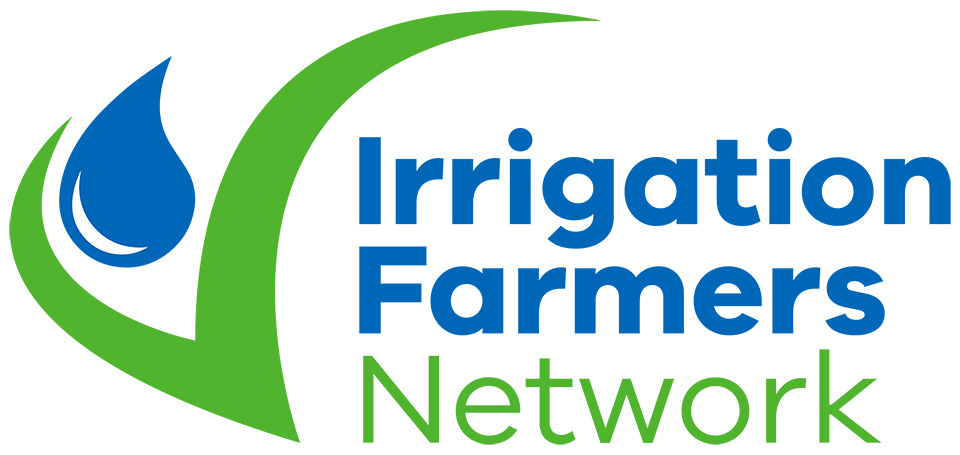Smarter Irrigation for Profit
Smarter Irrigation for Profit - Phase 2 will address the challenge of reduced water availability by improving the water productivity of Australian cropping and pasture irrigators. It will do this by developing new precision irrigation technologies, improving existing technologies and facilitating faster uptake through producer led demonstration sites.
Smarter Irrigation for Profit – Phase 2 incorporates three key areas of work.
When to irrigate? Assessing economic costs and benefits

➢ Pre-irrigating is a key factor to achieving high per mega litre and per hectare returns for barley, faba beans and canola.
➢ Irrigation of wheat at booting during late winter produced the highest Gross Margin and optimal use of water.
➢ Wheat is the most likely crop to offer high per mega litre returns during atypical market conditions during drought years under static input price and yield assumptions.
➢ Irrigation Farmers Network winter crop variety trials report a wide variation in yields and suitability of cultivars. Crop variety selection can help mitigate production risk and firm up crop revenues and subsequent water gross margins
Irrigation Farmers Network Irrigation Timing Demonstration
Summary
The demonstration was established to test the yield and grain quality of wheat to various irrigation scenarios. While some differences were noted, the demonstration was compromised by drought in late winter prior to the opening of the irrigation season. Yield potential was reduced through tiller death and the plants were unable to compensate once irrigation was applied.
Objectives
Demonstrate the effect of timing and quantity of irrigation water on wheat yield and grain quality.
Method
Table 1. Method summary
Sowing Date | 15th May |
Target Plant Population | 160 plants/m2 |
Seeding Rate | 78 kg/ha based on TGW* |
Irrigation | 17th August 1.1 Ml/ha All treatments |
15th September 0.8 Ml/ha Booting Timing | |
21st September 1.0 Ml/ha Timing based on SMM@ | |
4th October 0.5/1.1 Ml/ha Flowering Timing | |
| 14th October 1.0 Ml/ha Timing based on SMM@ |
| 250.1mm GSR (April – October) |
N application | August 17th – 55 kg N/ha |
Harvest | 3rd December |
Average Yield | 5.5 t/ha |
*: Thousand Grain Weight. @ Soil Moisture Monitoring equipment reading 60-70 kPa

Murray Valley Soil Moisture Monitoring Network
One of the key outcomes from this project is the Murray Valley Soil Moisture Monitoring Network. Many irrigators are late with the first Spring irrigation. This delay has the potential to result in disappointing yields and a reduction in water use efficiency. The key is to monitor soil closely and irrigate on time. The network website allows farmers to keep track of the soil moisture levels in their area to assist with irrigation scheduling.
This network was made possible this season through the Smarter Irrigation for Profit Phase 2 ‘Key Learning Sites – making the most of water’ project.
Smarter Irrigation for Profit
The Smarter Irrigation for Profit (SIP) project did valuable research into irrigation system audits, irrigation scheduling, investigation of new technology, evaluation of system design and water use efficiency. The project demonstrated that improved water productivity hinged on ‘getting the basics right’. It found that participating Australian irrigators could achieve a 10-20 percent improvement in farm profitability by adopting best practice and precision irrigation technologies.



